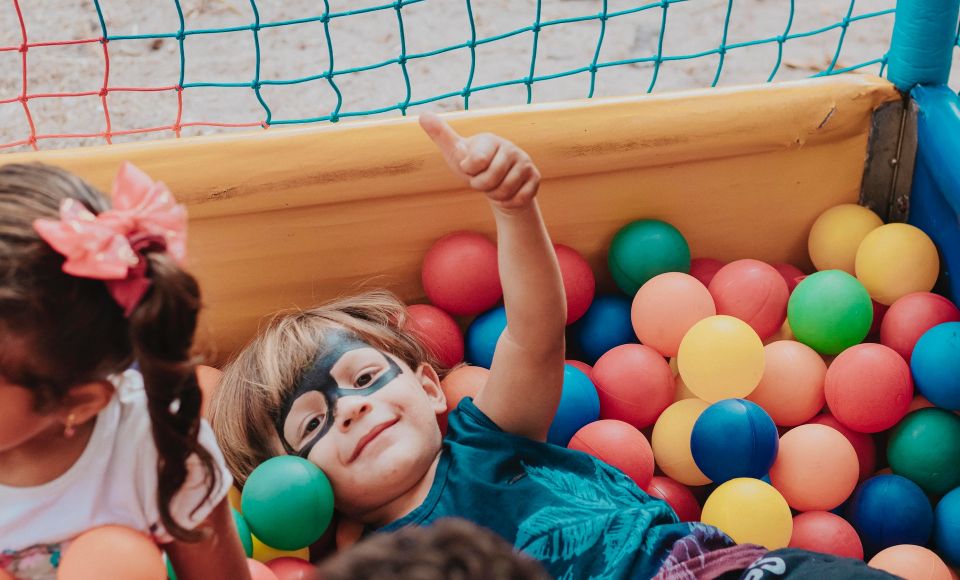Understanding Neuroception: A Powerful Tool for Working with Children
Understanding Neuroception
“Neuroception,” a term coined by Dr Stephen Porges in 2004, refers to our subconscious perception of situations, people, and interactions as safe, dangerous, or life-threatening. It’s that intuitive feeling when you walk into a room and sense the atmosphere or when you meet someone new, and an immediate connection or unease is felt.
Safety assessment happens on subconscious level, where factors such as tone of voice, body language and demeanour influence the process. Additionally, internal sensations like hunger or discomfort can trigger automatic stress responses in a child, preparing their body for adaptive reactions such as fight, flight, or freeze.
As caregivers and professionals, it is crucial for us to be both self-aware and attuned to the behaviour of the children we care for. Instead of labelling their actions as “bad,” it is essential to recognise them as a form of communication. Our focus should be on understanding the underlying reasons behind their behaviour.
Children’s behaviour is rarely manipulative or intentional; rather, it is intuitive and reflective of their autonomic nervous system state. When we observe challenging behaviour, it often indicates that their autonomic nervous system is in an alert state. This is where a relational approach, rather than a purely behavioural one, can make a significant difference.
By prioritising building a positive and supportive relationship with the child, we can help them regulate their emotions and achieve a sense of calm. Once the child is in a calm state, we can address the behaviour in a more constructive manner, focusing on teaching and guiding them towards positive alternatives.
Our approach as caregivers and professionals should be rooted in empathy, understanding, and creating a safe environment for children to express themselves. This way, we can nurture their emotional well-being and support them in their overall development.
Here are some neuroception tips for fostering a safe and nurturing environment:
- Create a Safe and Predictable Environment: Children thrive in routine and predictability. Establishing clear expectations, a set schedule, consistent language, and appropriate boundaries can help children feel safe and secure.
- Pay Attention to Nonverbal Cues: As children may not always express their feelings verbally, being attentive to their body language can provide valuable insights into their emotional state. Responding appropriately to nonverbal cues fosters a sense of safety and trust.
- Prioritize Your Own Emotional Well-being: As childcarers, taking care of our emotional health is essential to handle the challenges of working with children effectively. Ensuring sufficient sleep, maintaining a healthy diet, and nurturing positive friendships contribute to our overall well-being, allowing us to provide the best care for the children in our care.
- Build Positive Relationships with Children: Nurturing positive connections with caring adults significantly impacts a child’s sense of safety and security. Cultivating strong relationships helps children feel valued, supported, and emotionally connected.
Understanding and applying the concept of neuroception is a powerful tool in our work with children. By creating safe environments, being attentive to nonverbal cues, employing calming strategies, and building positive relationships, we can empower children to feel secure as they navigate their world. Through neuroception, we lay the foundation for a brighter future, fostering safety and facilitating meaningful connections with the children we care for.



